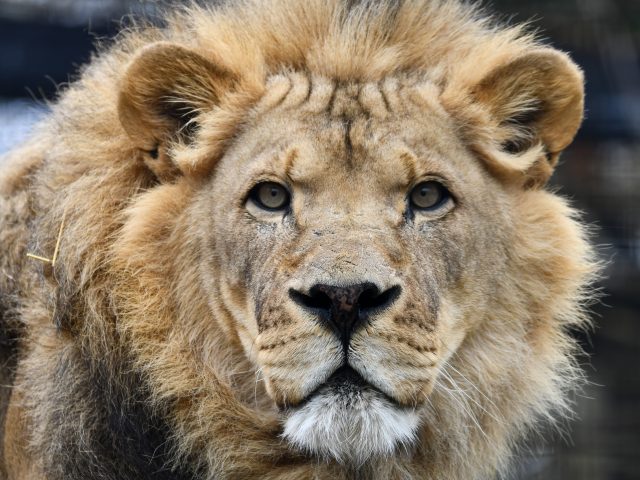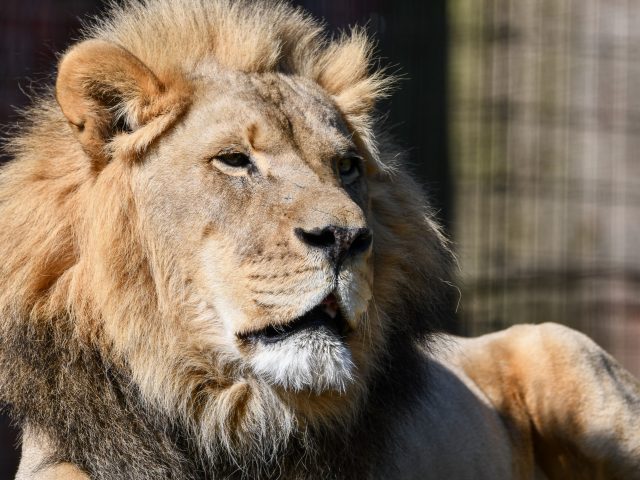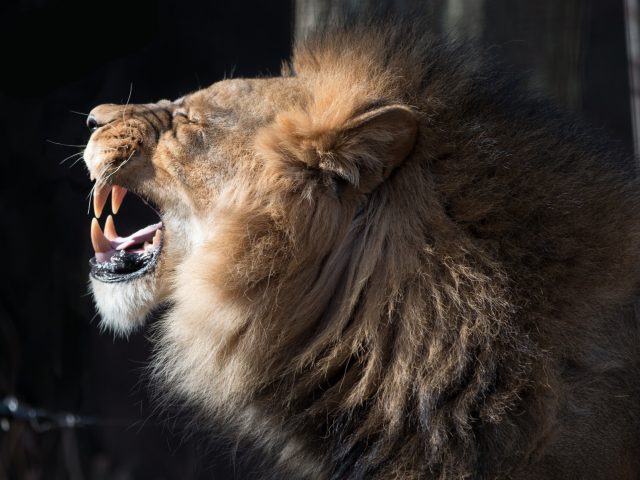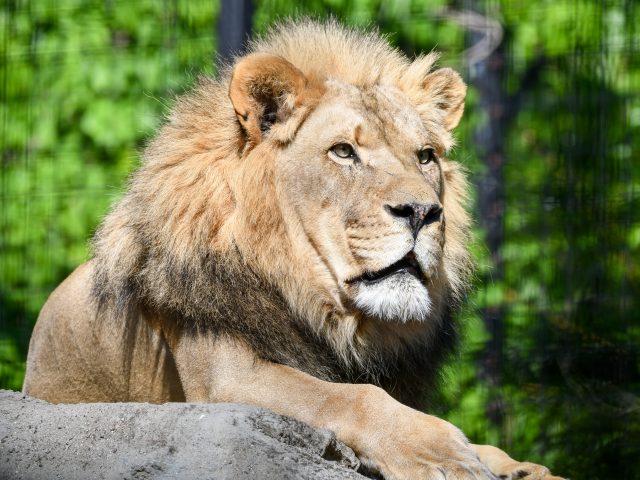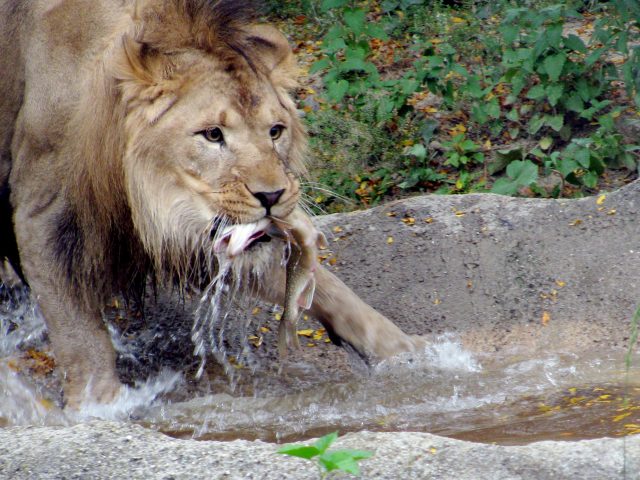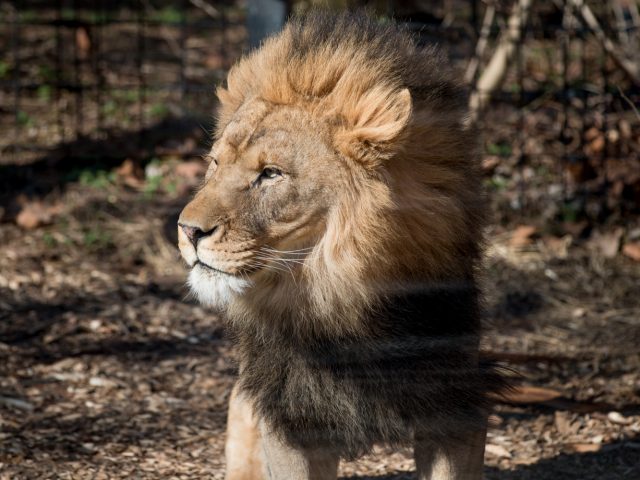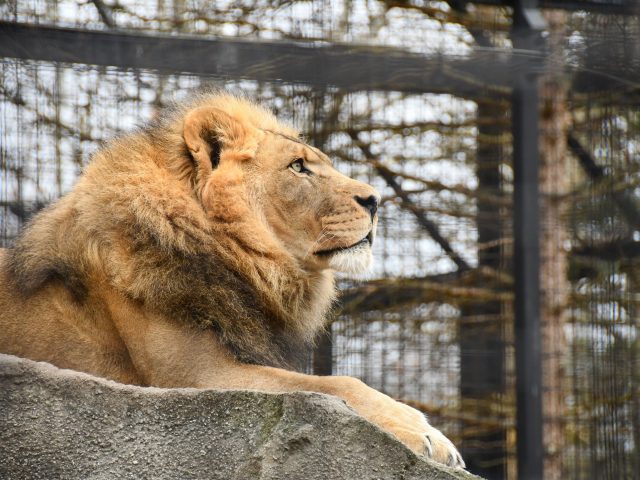Characteristics
The lion is the tallest (to the shoulder) of the felines, and like other cats, lions have excellent senses. The body of a lion is marked by powerful legs, a strong jaw, and canine teeth over 3 inches long! The colors of a lion vary from yellowish to an ochre brown, with their undersides generally being lighter in color. Male lions are distinguished by their famous mane, which sets them apart as the only cats to exhibit a clear distinction between males and females.
Behavior
Lions are very social animals that live in prides of 4 and 37 cats. At the core of the pride are 4 to 12 related adult females, their young, and 1 to 6 adult males. Lions spend over 80 percent of their time conserving energy, which is crucial for large animals to survive in areas where food may be scarce. That adds up to your average lion spending up to 20 hours a day resting or sleeping!
Did You Know?
- The average pride consists of 4-6 adults and their offspring but can range from 2-40 individuals.
- The pride may break off into smaller groups. When they come back together, they greet each other by rubbing their heads against one another.
- Lions communicate with visual cues, scent, and sound. Males also use scent to mark their territory. Lions roar to locate pride members, and advertise territories.
- Young lions are able to roar around one year of age. Roaring serves to advertise territories, communicate with other pride members and demonstrate aggression towards non-pride lions. Lions also roar in chorus – which may be a type of social bonding.
Our Animals
Dakota, our male African lion, came to Potter Park Zoo from Sedgwick County Zoo in Kansas.
